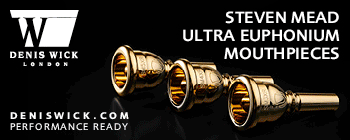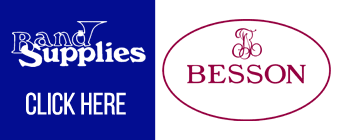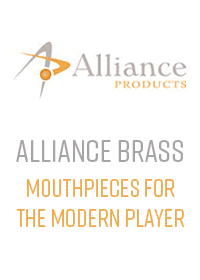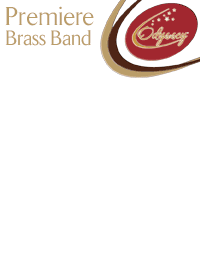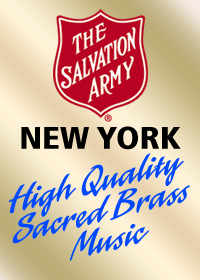Percussion focus
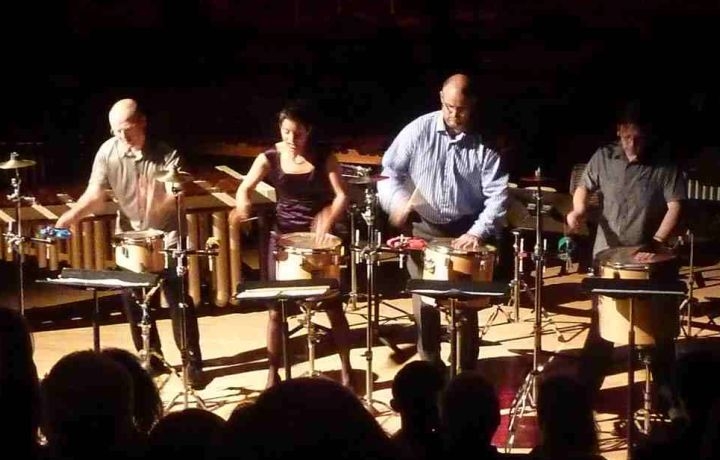
The timbre and texture of brass band percussion sections is often overlooked as the spotlight falls onto the brass sections and soloists, so this month BBW brings readers an interview with Dame Evelyn Glennie, a Pro Platform with Adrian Spillett, plus percussion articles by Yamaha Artist Simone Rebello, Cory Principal Percussionist James Andrews, CBSO Principal Percussionist Simon Jones, timpani expert Rodney Newton and Space Coast Symphony Orchestra percussionist/Bergerault Artist, Gavin Pritchard. Here's some extracts:
Rising Solo Voice
By Yamaha Artist - Simone Rebello
There is no doubt that the last 30 years have seen huge developments being made in the percussion world in, just about every conceivable way! From the advances in instrument manufacture, the invention and inclusion of new instruments, the size of percussion sections in brass, wind and orchestral ensembles, and the great parts that are being written for these sections by contemporary composers in all genres.
However, it is the area of solo percussion that has seen one of the most significant changes, with the repertoire continuing to expand at an unbelievable rate. Many international soloists have been at the forefront of this over the years including Keiko Abe, Ney Rosuaro, Colin Currie, Martin Grubinger and (in my opinion) most importantly, Evelyn Glennie. It was Evelyn who championed and really helped to develop the idea of percussion being seen as a solo instrument… READ MORE
Leading kit drummer, Steve Jones, adds ‘a little something extra to the mix’ with top tips for kit players. Here's an extract concerning the 'kit' he uses:
A question that I’m often asked is: "How much gear do you use for concerts?" Well the simple answer, as far as the drum kit is concerned, is “not much.” I always like to take as little gear as possible, but of course it all depends on the programme content of the concert that you are playing in. The majority of brass bands will own a four or five-piece drum kit. The number refers to the amount of drums (not cymbals) that you have in the set up. I find that a simple four-piece set-up complete with two crash cymbals, one ride cymbal and hi hat is plenty to play around with (and is far easier to manoeuvre to the stage if the car or coach is parked some distance away). I use the same set-up whether I am helping out a band in a park, or playing with Cory at the Royal Albert Hall. It's not about having the best-looking kit with most amounts of drums and cymbals; it's what you do with it that counts. Drum sizes that I like to use and which seem to work well with brass bands are: 14" x 5.5" snare drum; 20" or 22" bass drum; 12" mounted tom tom; and 14" or 16" floor tom. Cymbal sizes: 16" or 17" crash; 17" crash; 20" ride; and 14" hi hats.
My current set up is a four-piece Yamaha Stage Custom Kit with Istanbul Cymbals. If you play lots of park jobs, it's also handy to have a box of auxiliary percussion to hand, which could consist of a triangle and clip for your music stand (some kit parts will have triangle parts included), egg shakers, half-moon tambourine, a wood block and cowbell... READ MORE
PLUS...
Cory Principal Percussionist, James Andrews, examines the changing and ever-challenging role of the brass band percussion section, and asks 'Could the Aluphone be the next ‘perc’ contest debutante?'
Subscribe to BBW Digital for our full percussion focus





.gif)
